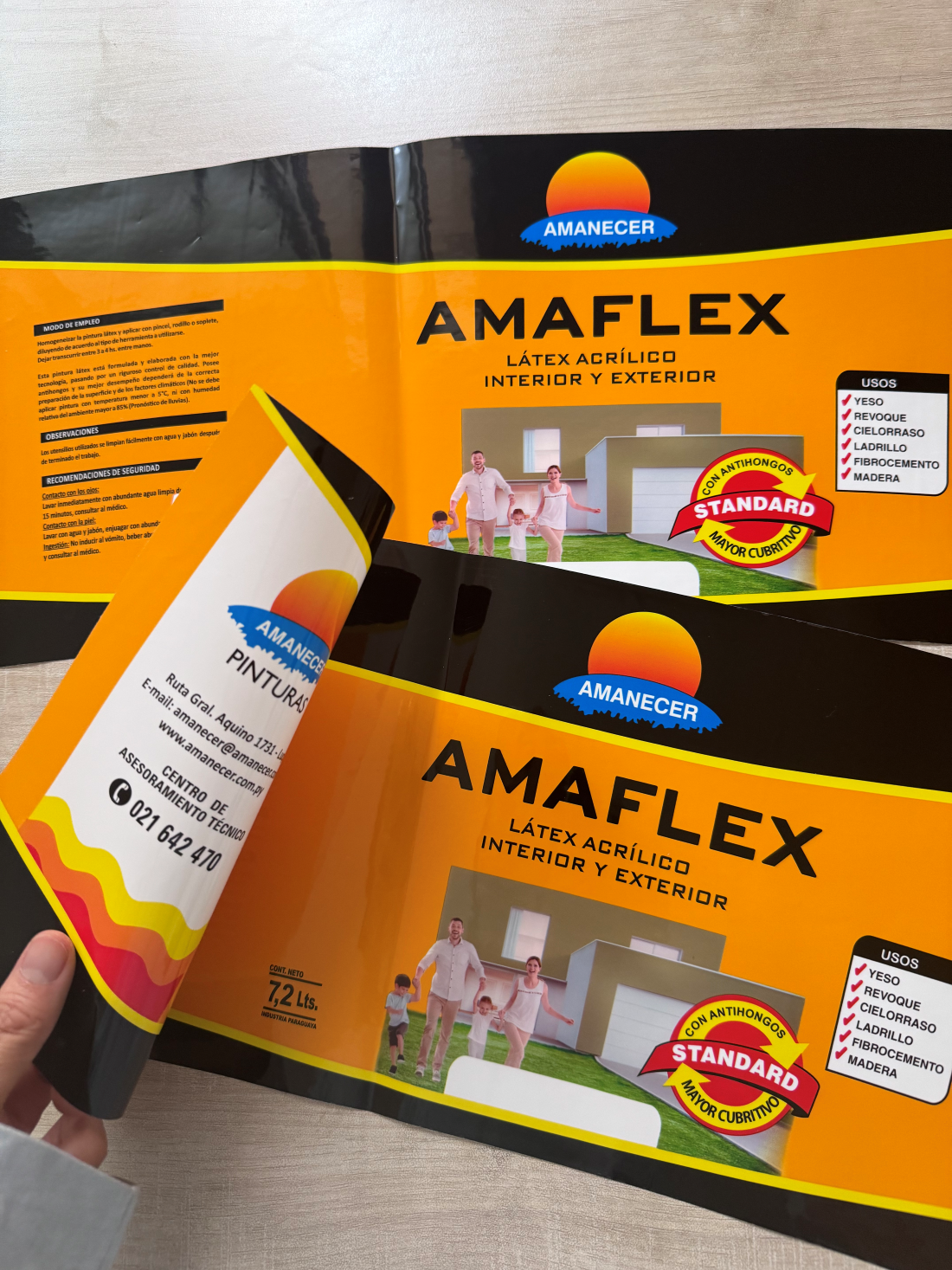 The thickness of the in film adhesive (IML) needs to be greater than 60 microns to adapt to the robotic arm injection molding process, mainly based on comprehensive considerations of material strength, process stability, robotic arm operation accuracy, and product functionality. The following is a specific analysis:
The thickness of the in film adhesive (IML) needs to be greater than 60 microns to adapt to the robotic arm injection molding process, mainly based on comprehensive considerations of material strength, process stability, robotic arm operation accuracy, and product functionality. The following is a specific analysis:
1、 Material strength and durability
Supporting structure requirements: The robotic arm needs to complete actions such as picking up labels, labeling, and taking parts during the injection molding process, which require the film to have sufficient strength and rigidity. If the thickness is insufficient (such as less than 60 microns), the film may deform or break due to uneven force during gripping or bonding by the robotic arm, resulting in process failure.
High temperature and high pressure resistance performance: During the injection molding process, the temperature inside the mold is extremely high (usually exceeding the melting point of the plastic), and it needs to withstand high pressure. Thicker film inserts (such as over 60 microns) can better resist high-temperature deformation and high-pressure impact, ensuring a strong fusion between the label and the plastic substrate.
2、 Process stability and production efficiency
Requirements for bonding accuracy: The robotic arm accurately positions the film inside the mold through electrostatic adsorption or vacuum adsorption. If the film is too thin, its surface flatness may be insufficient, resulting in uneven adsorption or offset adhesion, which affects the appearance and functionality of the product. A thickness of over 60 microns can provide more stable surface characteristics and ensure bonding accuracy.
Cooling and shrinkage control: After injection molding, plastic parts need to cool and shrink. If the film is too thin, its shrinkage rate may not be consistent with the plastic substrate, leading to wrinkling, peeling, or product deformation of the label. Thicker film inserts can better match substrate shrinkage and maintain product stability.
Production efficiency guarantee: The injection molding process of robotic arms pursues high-speed and continuous production. If the film adhesive frequently malfunctions due to insufficient thickness (such as cracking or bonding failure), it will lead to production interruption and an increase in defect rate. A thickness of 60 microns or more can reduce such problems and improve overall efficiency.
3、 Accuracy and compatibility of robotic arm operation
Grasp and release stability: The robotic arm grasps the film inside through suction cups or fixtures. If the film is too thin, insufficient rigidity may cause deformation or slippage during grasping, affecting operational accuracy. A thicker inner film can provide better gripping support and ensure stable operation of the robotic arm.
Compatibility with molds: Mold design needs to consider the thickness of the film inside. If the film is too thin, it may not be able to completely fill the mold cavity, resulting in unclear or missing label edges. A thickness of over 60 microns can ensure a tight fit between the film and the mold cavity, improving the product qualification rate.
4、 Product Functionality and User Experience
Wear resistance and scratch resistance: As a part of the product’s appearance, the film inner adhesive needs to have characteristics such as wear resistance and scratch resistance. Thicker film inserts (such as over 60 microns) can provide better surface protection and extend product lifespan.
Visual effect and tactile sensation: The thickness of the film inside affects its printing effect and tactile sensation. Thicker film stickers can better present the details and colors of printed patterns, while providing a more comfortable touch and enhancing the user experience.
Post time: Jul-11-2025

